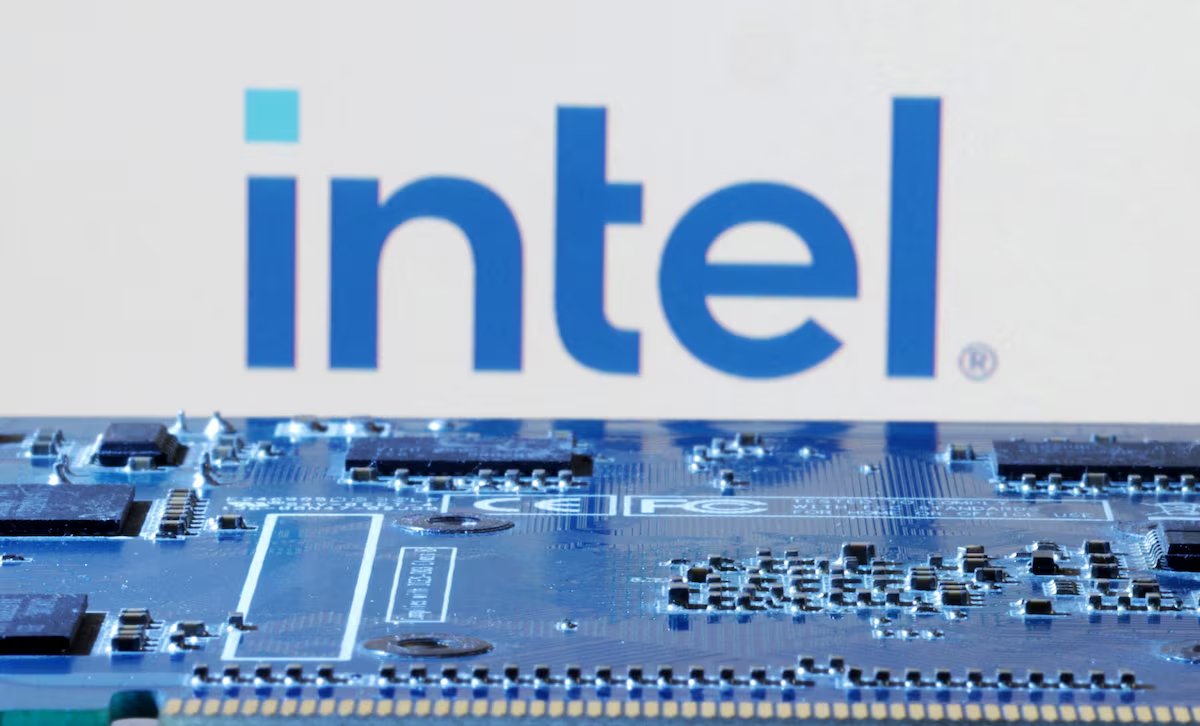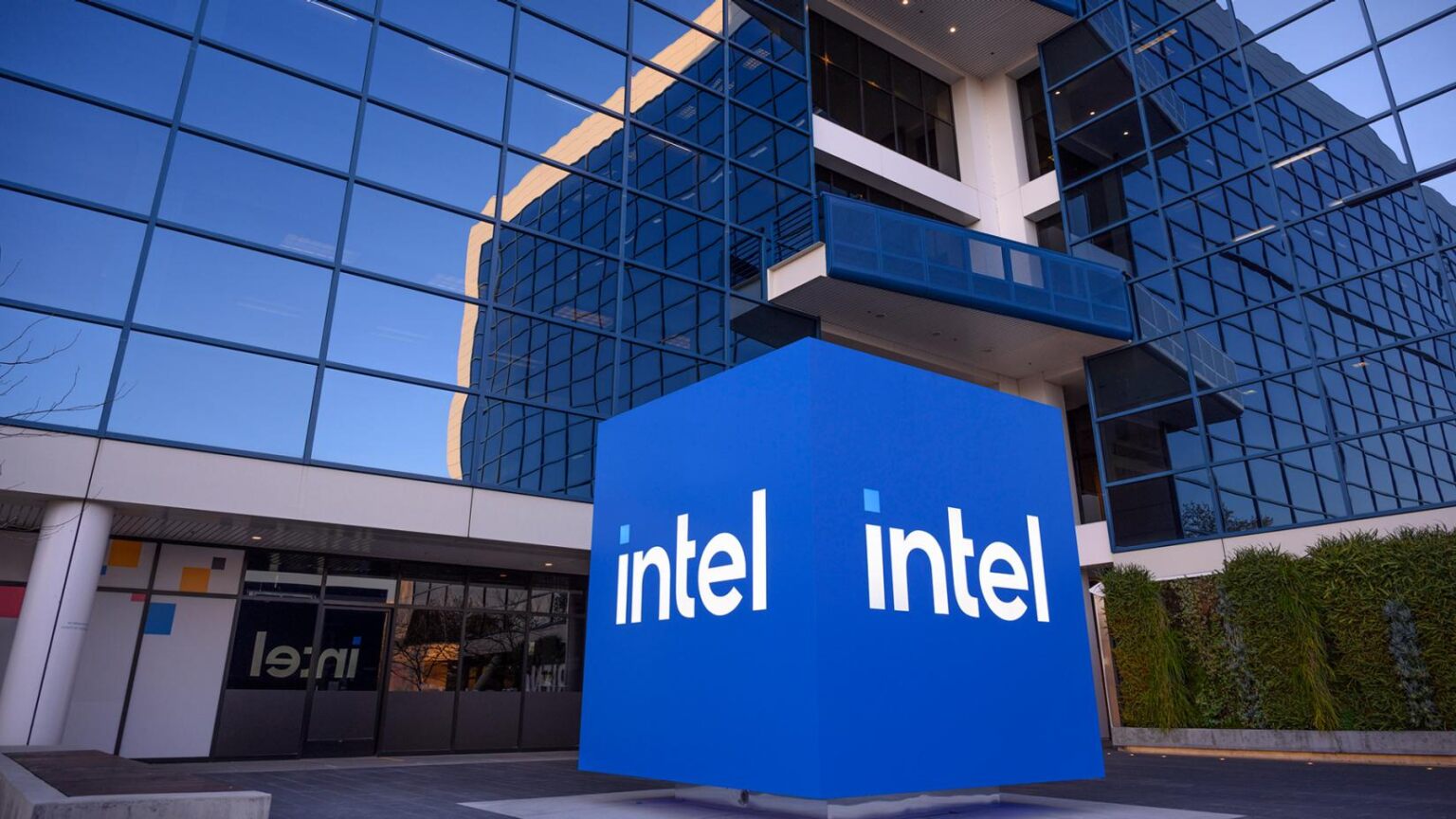Intel is facing significant challenges with the manufacturing process for its next-generation PC chip, according to multiple sources close to the company. The issues center around the 18A process node, a highly anticipated technology that was supposed to represent a generational leap for Intel but has instead encountered development setbacks and production inefficiencies.

The 18A (angstrom) process was designed to introduce groundbreaking innovations, including PowerVia backside power delivery and next-generation RibbonFET transistors. These features aimed to give Intel a competitive edge against rival chipmakers, especially Taiwan Semiconductor Manufacturing Company (TSMC), which currently dominates advanced chip manufacturing. Intel positioned the 18A node as a critical foundation for its Intel Foundry Services business—a venture to supply cutting-edge chips to external customers aside from its own products.
However, the reality has not matched expectations. Sources indicate that the 18A process is struggling with low yields during its ramp-up phase. Achieving high yields in semiconductor manufacturing is crucial for cost efficiency and product viability. Low yields mean that a higher proportion of manufactured chips do not meet quality standards, leading to reduced supply and increased costs. The combination of complex new manufacturing techniques and ambitious technological innovations has made the 18A process difficult to stabilize.
As a result, Intel’s new CEO Lip-Bu Tan, who took over leadership in March 2025, is reportedly reconsidering the company’s foundry strategy. The new direction may involve shifting focus from the problematic 18A process to investing more heavily in the upcoming 14A process node. The 14A process is still under development but is seen as having potential advantages over TSMC’s current methods, and Intel hopes it will be more attractive to external customers like Nvidia and Apple.
This strategic pivot is costly. Moving away from the 18A process could mean Intel writing off billions of dollars already invested in the technology, which includes manufacturing equipment, research and development, and tooling costs. Such a write-off would disappoint shareholders and further strain Intel’s finances, which have been under pressure. In 2024, Intel posted an $18.8 billion loss, and their foundry business has experienced widening operating losses.
The challenges with the 18A process extend beyond technology. Intel has failed to secure significant external customers for its advanced manufacturing nodes. Without big clients, Intel’s foundry ambitions falter, exacerbating uncertainty around production timelines and return on investment. CEO Tan has emphasized that the advancement of the 14A process will depend on receiving confirmed customer commitments, signaling that Intel will move cautiously and not invest heavily without guaranteed demand.
Operationally, these manufacturing struggles coincide with broader restructuring at Intel. Tan has implemented job cuts and a flattening of the corporate structure in an effort to reduce complexity and bureaucratic inertia, which he blames for slowing innovation. Intel’s manufacturing footprint, expanded aggressively in previous years, is now described as fragmented and underused.
Moreover, construction of Intel’s new $28 billion chip factory in Ohio—the cornerstone of U.S. semiconductor manufacturing expansion plans—has reportedly been pushed back until 2030 at the earliest. This delay casts doubt on Intel’s ability to regain manufacturing leadership domestically and globally.
In conclusion, Intel is grappling with serious challenges in its next PC chip’s manufacturing process. The much-touted 18A node has underperformed expectations, forcing leadership to consider pivoting to the next 14A node. While this move may help Intel eventually regain competitiveness, it involves writing off substantial investments and demands securing new customers amidst a fiercely competitive landscape dominated by Taiwan’s TSMC. The road ahead remains difficult as Intel navigates manufacturing innovations, financial pressures, and strategic realignments to attempt to restore its position in the semiconductor industry.

